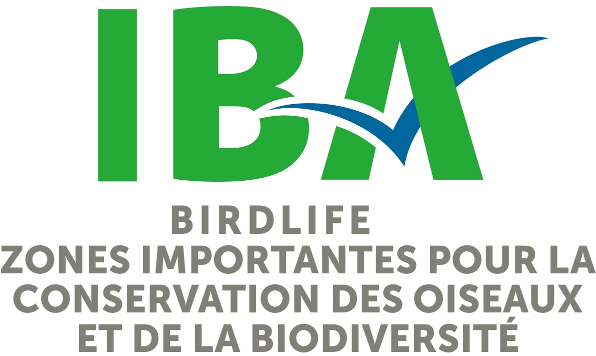Tofino Mudflats (BC002)
Tofino, Colombie-Britannique
Description du site
The Tofino Mudflats IBA is situated on the west coast of Vancouver Island near the town of Tofino, and encompasses the shorelines and mudflats of the Browning Passage as well as adjacent Chesterman Beach. Approximately half of the IBA is made up of six distinct mudflats known locally as Arakun Flats, Ducking Flats, Doug Bank's Flats, Maltby Slough, South Bay, and Grice Bay. The mudflats, exposed daily by the tide, support a rich invertebrate community as well as plant life in the form of eel grass beds and algae, giving way to saltmarsh and then forest at the high water mark.
Oiseaux
Significant Species: The Tofino Mudflats IBA was designated in recognition of the globally important numbers of migrating Western Sandpipers that rely on the mudflat habitats there. Each spring and fall, 35,000 or more Western Sandpipers stop at the IBA from mid-April to mid-May, with individuals staying 2-5 days to replenish the critical fat reserves needed for their remaining migration. Within British Columbia the number of Western Sandpipers using this site annually is second only to that of the Fraser Delta.
Other species of Conservation Interest: The site is also important as a late summer feeding area for the fannini subspecies of the Great Blue Heron, considered to be of Special Concern by the Committee on the Status of Endangered Wildlife in Canada (COSEWIC; wildlife species that have been assessed as at risk by COSEWIC may qualify for legal protection and recovery under Canada's Species at Risk Act). During targeted searches in the fall of 2011, 48 individuals were counted on a survey of South Bay and Maltby Slough. The Cackling Goose has also been found to occur in the IBA in globally significant numbers; recent counts during spring migration tallied 5900 individuals in 2011 and 7000 in 2012. Small numbers of Marbled Murrelets, considered Endangered by COSEWIC, are known be present in the IBA during the summer months. In addition, a rich array of other shorebird and waterfowl species, including large numbers of Dunlin, also use the habitats here during migration.
Enjeux de conservation
A potential concern for migrant Western Sandpipers, as well as other shorebirds and waterfowl, is the disturbance caused by recreational use of Chesterman and Long Beaches. In recent years, Caretakers have noted increasingly high levels of disturbance to resting and foraging Western Sandpipers by unleashed dogs and people running and walking on the beach. Residential development along mudflat shorelines of the IBA also represent a possible threat to shorebird habitat although the District of Tofino has now established a development permit area along the shoreline of the mudflats that hopefully will minimize the impact of new developments.
In recognition of the importance of this wetland complex for waterfowl and shorebirds, the BC Government designated the Tofino Mudflats Wildlife Management Area in 1997, facilitating regulation and management for wildlife conservation. A portion of the IBA also overlaps the Pacific Rim National Park Reserve of Canada. The Tofino Mudflats was also designated a Western Hemisphere Shorebird Reserve Network (WHSRN) site of regional importance in March 2013, with the official name of Tofino Wah-nah-jus Hilth-hoo-is Mudflats. The District of Tofino has been active in promoting the site for WHSRN status by producing a short film on the importance of the mudflats for migrating shorebirds.
Shorebird research includes a collaborative project in initiated 2013 by Bird Studies Canada and Simon Fraser University studying Western Sandpiper behaviour and abundance during their southward migration. The Tofino Mudflats is one of the sites in this study, as well as in another study by Parks Canada which investigated the effect of unleashed dogs on the behaviour and distribution of shorebirds within the Long Beach Unit of the national park. Surveys investigating use of the IBA by migrating birds have also been conducted by Environment Canada and monitoring of bird numbers in near-shore areas is a focus of the Coastal Waterbird Survey program coordinated by Bird Studies Canada. Mapping and monitoring programs focused on studying the eelgrass beds within the IBA have been implemented by the Raincoast Education Society and include a strong education component. The society is also active in promoting conservation through their better birding program and regularly conducts habitat management in the IBA through removal of noxious weeds and other invasive plants.
Catégories ZICO Habitats Usages Menaces Potencielles ou Existantes Status de Protection

